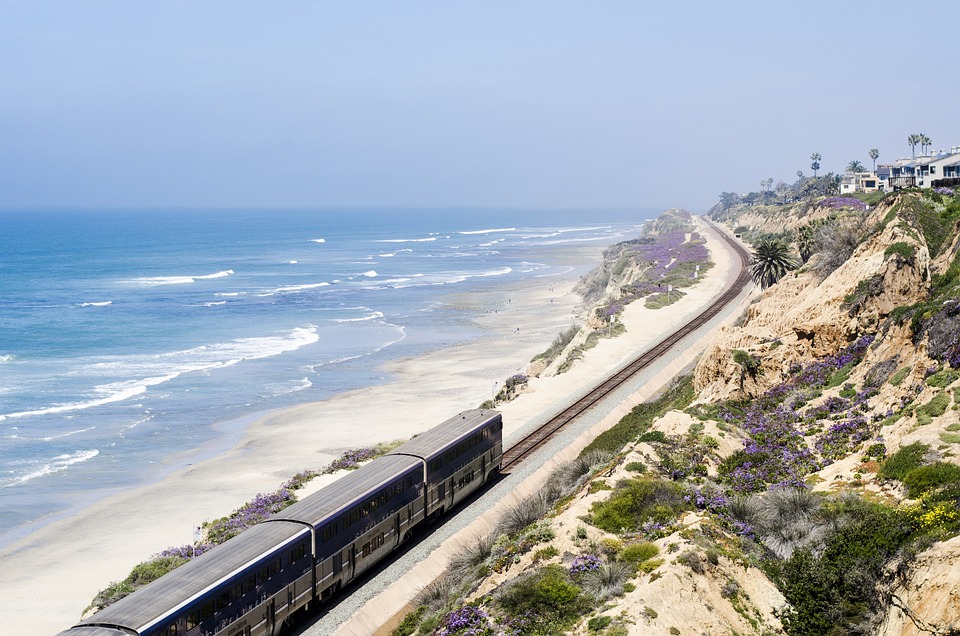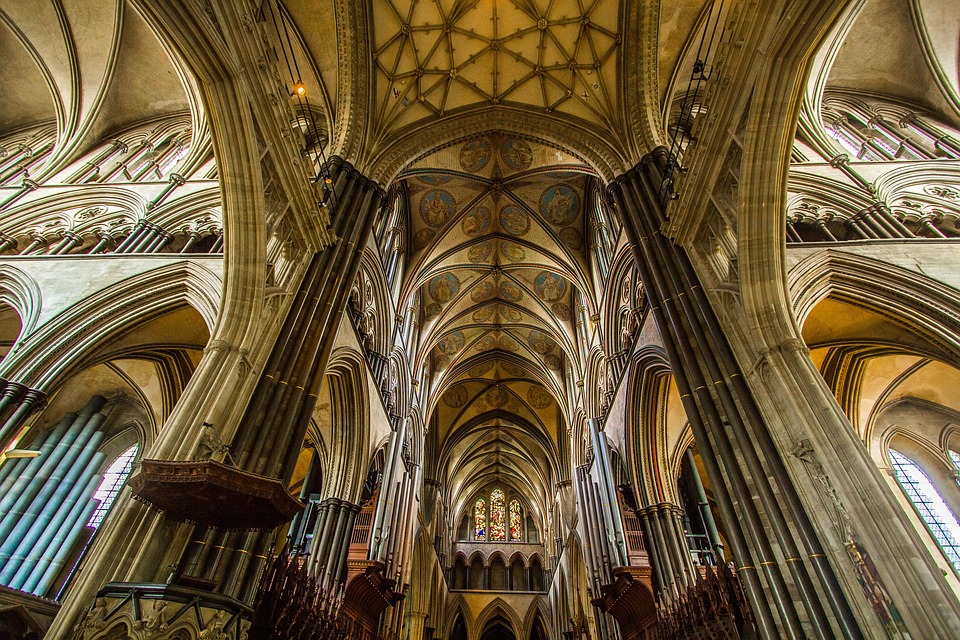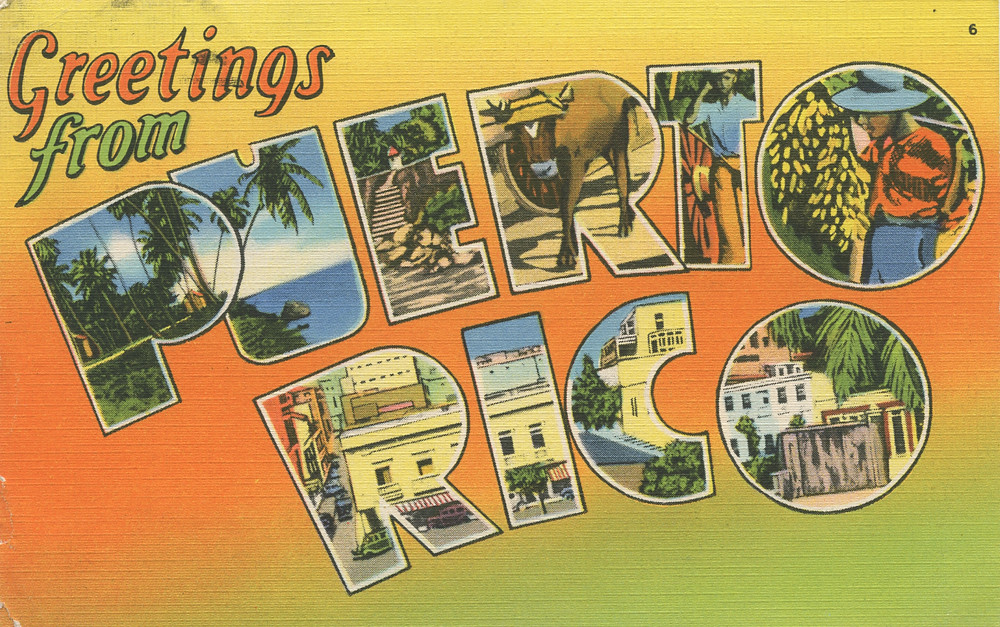WHY VISIT GUINEA
Very verdant, Guinea offers very beautiful sites to travelers.
You can, for example, discover the Fouta Djallon massif and its forests, where numerous streams, such as the Niger, and many waterfalls, including the well-known Voile de la Mariée.
Another remarkable site is the highest peak in West Africa, Mount Nimba, which is registered with UNESCO: it is indeed a true ecological balance to preserve absolutely, and you can go hiking there to discover its Fauna and flora.
On the coast, there are beautiful beaches, especially the one of Bel Air and its 7 km of fine sand, and you will not miss making a detour by the islands of Los. Also practice various water sports in Tamara or Kassa, in a beautiful environment. Discover also the bay of Sangareyah and its mangrove.
Story lovers will see the remains of the Fotoba Penitentiary, and animal lovers will explore the Badiar Park, which protects a fairly diverse fauna. Another curiosity not to be missed: the giant tortoises of Los.
As for the capital Conakry, a coastal town, you can visit its historic center on the island of Tombos, which is connected by a dike to the mainland.
WHAT TO SEE IN GUINEA
XXXX
WHEN TO GO TO GUINEA
The best period to visit Guinea is from November to April.
| January | |
| February | |
| March | |
| April | |
| May | |
| June | |
| July | |
| August | |
| September | |
| October | |
| November | |
| December |
The climate of Guinea is, according to the zones, tropical or subequatorial, and the diversity of relief divides the territory into four regions with distinct climatic conditions.
In Lower Guinea, the rainy season lasts 6 months, with temperatures between 23 and 35 ° C.
In eastern Guinea, the rainy season is slightly shorter and precipitation is less.
In Upper Guinea, it is a dry tropical climate, and there are only 3 months of the rainy season, with high temperatures due to the harmattan (around 40 ° C) except between December and February when they drop Up to 15 ° C.
It is in Guinée Forestière that the subequatorial climate prevails, with two rainy seasons separated by a short dry season: most of the year the humidity is high and the temperatures oscillate between 24 and 28 ° C.
Following is a list of typical festivals and celebrations of Guinea.
- xxx (xxx)
HOW TO REACH AND TRAVEL THROUGH GUINEA
To get around the country, the most commonly used means is the taxi, but you can also find buses and minibusses that run on national roads, and you can also rent a car. Bush taxis take you out of town.
by plane, the main airports are:
- Conakry Gbessia Airport
- Labé
- Kankan
- Faranah.
GENERAL INFORMATION ON GUINEA
health tips & vaccination: it is necessary to have your classic vaccines up to date and to add that to yellow fever, obligatory. Do not consume anything that is not peeled or boiled. Avoid swimming in freshwater. Protect yourself against insect and mosquito bites, which are vectors of serious diseases. Take treatment for malaria and avoid contact with animals. Wash your hands frequently and carefully.
local currency: Guinean Franc
local time zone: GMT+0
electricity: type C, type F and type K (220 V – 50 Hz)
WHAT TO DO IN GUINEA
typical food in Guinea
- x
souvenirs from Guinea
- musical instruments (djembe, kora, balafon)
- multicolored clothes
- carpets
- pottery
- calabashes
SIMPLE DICTIONARY
Hello:
Goodbye:
How are you?:
Thank you:
What is your name?:
How are you?:
Source
http://www.thebesttimetovisit.com/
http://www.roughguides.com/





















